Accept all cookies Accept only essential cookies See our Cookie Notice

About ESA
The European Space Agency (ESA) is Europe’s gateway to space. Its mission is to shape the development of Europe’s space capability and ensure that investment in space continues to deliver benefits to the citizens of Europe and the world.
Highlights
ESA - United space in Europe
This is ESA ESA facts Member States & Cooperating States Funding Director General Top management For Member State Delegations European vision European Space Policy ESA & EU Space Councils Responsibility & Sustainability Annual Report Calendar of meetings Corporate newsEstablishments & sites
ESA Headquarters ESA ESTEC ESA ESOC ESA ESRIN ESA EAC ESA ESAC Europe's Spaceport ESA ESEC ESA ECSAT Brussels Office Washington OfficeWorking with ESA
Business with ESA ESA Commercialisation Gateway Law at ESA Careers Cyber resilience at ESA IT at ESA Newsroom Partnerships Merchandising Licence Education Open Space Innovation Platform Integrity and Reporting Administrative Tribunal Health and SafetyMore about ESA
History ESA Historical Archives Exhibitions Publications Art & Culture ESA Merchandise Kids Diversity ESA Brand Centre ESA ChampionsLatest
Space in Member States
Find out more about space activities in our 23 Member States, and understand how ESA works together with their national agencies, institutions and organisations.
Science & Exploration
Exploring our Solar System and unlocking the secrets of the Universe
Go to topicAstronauts
Missions
Juice Euclid Webb Solar Orbiter BepiColombo Gaia ExoMars Cheops Exoplanet missions More missionsActivities
International Space Station Orion service module Gateway Concordia Caves & Pangaea BenefitsLatest
Space Safety
Protecting life and infrastructure on Earth and in orbit
Go to topicAsteroids
Asteroids and Planetary Defence Asteroid danger explained Flyeye telescope: asteroid detection Hera mission: asteroid deflection Near-Earth Object Coordination CentreSpace junk
About space debris Space debris by the numbers Space Environment Report In space refuelling, refurbishing and removingSafety from space
Clean Space ecodesign Zero Debris Technologies Space for Earth Supporting Sustainable DevelopmentLatest
Applications
Using space to benefit citizens and meet future challenges on Earth
Go to topicObserving the Earth
Observing the Earth Future EO Copernicus Meteorology Space for our climate Satellite missionsCommercialisation
ESA Commercialisation Gateway Open Space Innovation Platform Business Incubation ESA Space SolutionsLatest
Enabling & Support
Making space accessible and developing the technologies for the future
Go to topicBuilding missions
Space Engineering and Technology Test centre Laboratories Concurrent Design Facility Preparing for the future Shaping the Future Discovery and Preparation Advanced Concepts TeamSpace transportation
Space Transportation Ariane Vega Space Rider Future space transportation Boost! Europe's Spaceport Launches from Europe's Spaceport from 2012Latest
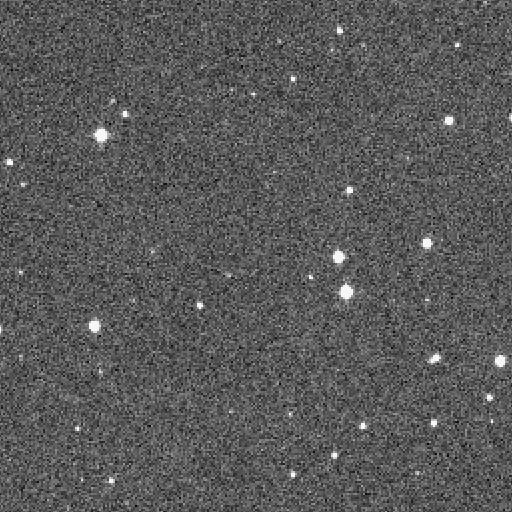
Asteroid experts catch final glimpse of Solar Orbiter
Thank you for liking
You have already liked this page, you can only like it once!
Last night, ESA’s Planetary Defence team observed the rare moment in which an object escaped our planet’s gravity, in contrast to their normal objects of study – potentially hazardous rocks that could strike it.
At 19:15 UTC (20:15 CET) on 10 February, just over 20 hours after the launch of Solar Orbiter, the team took the opportunity to capture this sequence of observations using the Schmidt telescope at Calar Alto, Spain.
The clip covers a timespan of about 10 minutes, and is made up of 36 observations each 10 seconds long.
At the time it was taken, Solar Orbiter was roughly 310 000 km away from Earth and travelling to Venus for its first gravitational assist around Christmas day this year. Still within the Moon’s orbit - just - it was already a faint object in the sky, shining as bright as a magnitude 19.5 star (250 000 times fainter than we can see with the naked eye).
The Near-Earth Object Coordination Centre, based at ESA’s Centre for Earth Observation in Italy, coordinates and contributes to the observation of small Solar System bodies, in order to evaluate and monitor the risk they pose.
These observations of Solar Orbiter were made based on a proposal by Gerhard Holtkamp, a keen amateur astronomer who works on site guiding public tours of ESA mission control.
Sign up for their monthly newsletter, here, for all latest.
-
CREDIT
ESA -
LICENCE
ESA Standard Licence
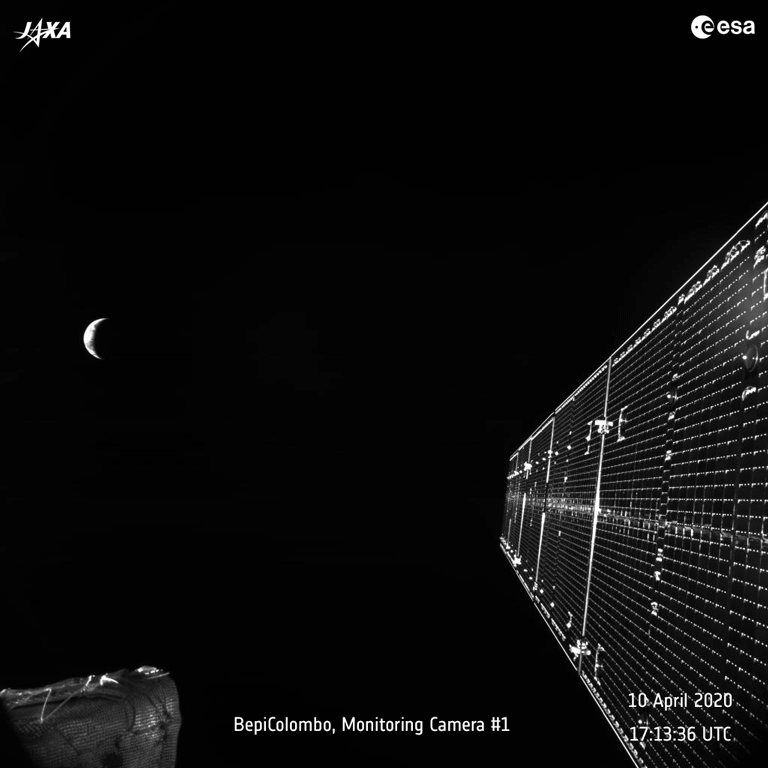
BepiColombo’s final glimpses of Earth
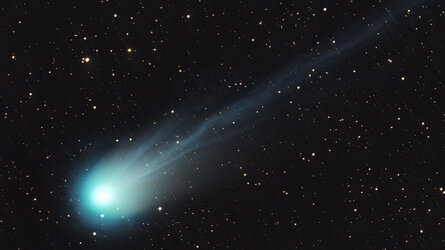
Comet 12P/Pons-Brooks
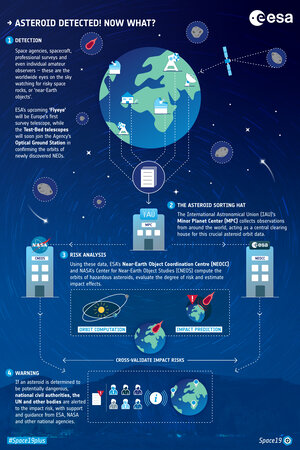
Detection: What's the risk?
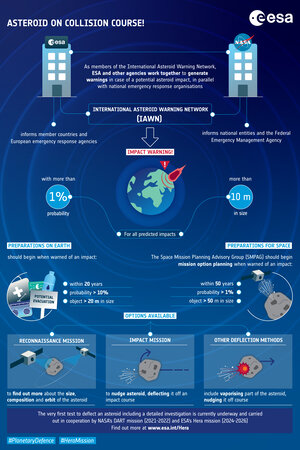
Mitigation: Asteroid deflection
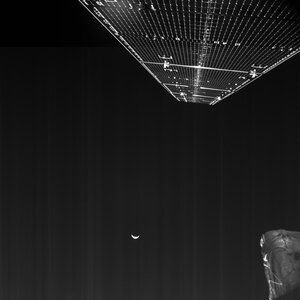














 Germany
Germany
 Austria
Austria
 Belgium
Belgium
 Denmark
Denmark
 Spain
Spain
 Estonia
Estonia
 Finland
Finland
 France
France
 Greece
Greece
 Hungary
Hungary
 Ireland
Ireland
 Italy
Italy
 Luxembourg
Luxembourg
 Norway
Norway
 The Netherlands
The Netherlands
 Poland
Poland
 Portugal
Portugal
 Czechia
Czechia
 Romania
Romania
 United Kingdom
United Kingdom
 Slovenia
Slovenia
 Sweden
Sweden
 Switzerland
Switzerland

























